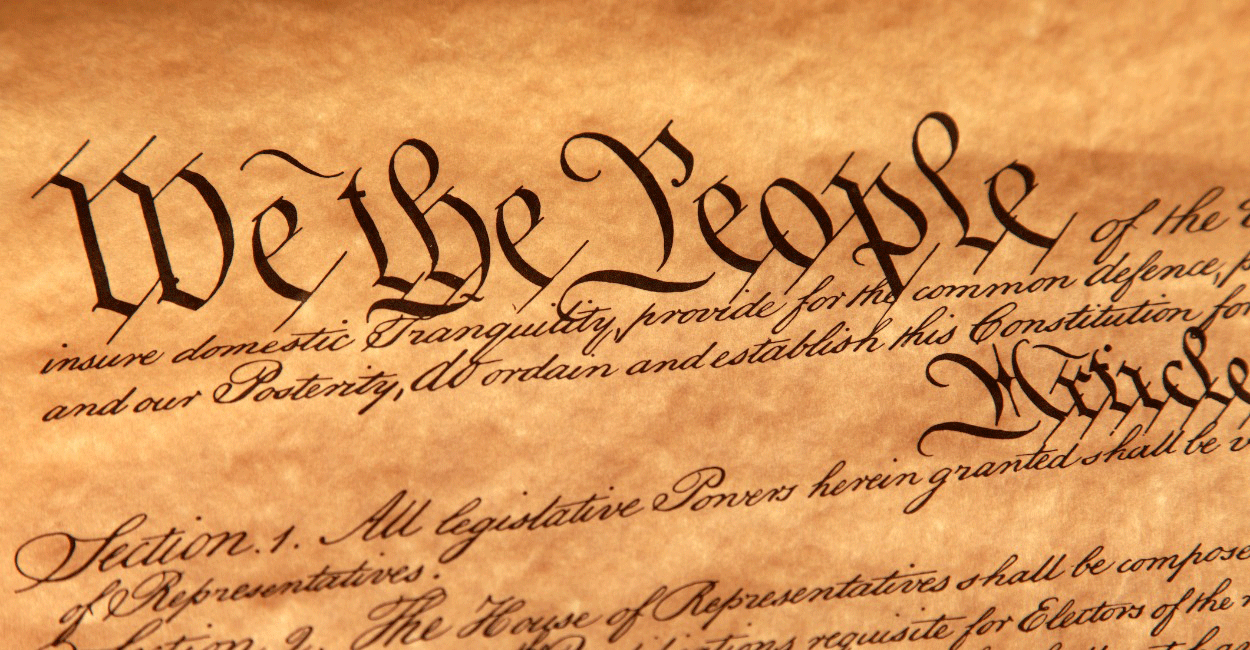 Article 1 §8.15 of the Constitution is about Congress’ power over militias. It is the first of two “Militia Clauses.” I suspect that having militias in the Constitution is a big deal. Another big deal?
Article 1 §8.15 of the Constitution is about Congress’ power over militias. It is the first of two “Militia Clauses.” I suspect that having militias in the Constitution is a big deal. Another big deal?
Democracy. It seems boring until it falls apart. That’s why I’m studying the Constitution, one clause at a time. I’m up to Article 1 §8.15.
Article 1 §8.15
This is the first of two “Militia Clauses.” Here’s what it says:
To provide for calling forth the Militia to execute the Laws of the Union, suppress Insurrections and repel Invasions;
I’ve read through the Constitution before, but don’t remember noticing the Militia Clauses. I probably substituted “military” for “militia” in my head, since the last few clauses were all about armies. But a militia is not the same as an army.
Army: an organized military force equipped for fighting on land; the branch of a nation’s armed services that conducts military operations on land.
Militia: a military force that is raised from the civil population to supplement a regular army in an emergency.
Well, back when they thought it was possible to have a nation without a standing army, I guess it was possible to imagine calling emergency back up. But nowadays, with the largest, most well-equipped professional army in the world, it’s kind of hard to imagine a need. Or to imagine what possible good a bunch of civilians would do in a situation that overwhelmed such a military. Is this clause archaic?
Clearly, research is required.
Calling Forth the Militia
It only took a few minutes reading my Annotated Constitution to realize how incredibly ignorant I am about the whole militia question. It didn’t take much more research before I began to feel pretty stupid, too. Because it was really confusing. Anyhoo.
As I mentioned during the War Powers posts, Congress has been pretty happy to delegate the war stuff to the president. Less than 10 years after the Constitution was written, the act of February 28, 1795 delegated the power to call out the militia to the President. The Act was held constitutional in Martin v. Mott. (Summarized in this video if you don’t like reading lots of words. You probably wouldn’t be on this page if you’re not into reading long articles… but anyhoo.)
Suppress Insurrection
Part of my confusion came from the fact that I have always heard the word “militia” used in a very specific context. It’s what the news calls groups of armed white men who form paramilitary organizations and occasionally commit acts of terrorism and insurrection. (Screen shot of google news search results below. I was also thinking of those guys who occupied a federal building a while back, and that rancher who refused to pay grazing fees.)
But it says right in the Constitution that the job of the militia is to suppress insurrection. And, there were at least two landmark Supreme Court cases in the 1800s that confirmed that militias answer to the president and suppress insurrection. (Moore v. Houston and Texas v. White, if you’re so inclined.) So if I’m confused, I’m not the only one (stares at armed white men). (Also stares at the press. Words have meaning, people, use the right ones.)
Okay, so the president won this round in the battle for power among federal agencies.
National Guard
What about the state v. federal question? That’s the really messy question here. Apparently the Framers didn’t worry about their army needing backup. They were clarifying what to do with militias they already had. The militias were established and maintained by states even before they united in revolution. After the Constitution, states continued to officer (apparently that is a verb) and train their own militias. They just had to wait for a presidential order to actually use them. That situation continued until the National Defense Act of 1916, which was made possible under Article 1 §8.14.
The National Defense Act provided a legal definition for militia:
all able-bodied male citizens of the United States and all other able-bodied males who have … declared their intention to become citizens of the United States, between the ages of eighteen and forty-five.
Repel Invasions
Our mission makes us different. Unlike the other branches, Guard Soldiers can be deployed by the governors of their resident states to support communities stricken by natural disasters like floods and hurricanes. Guard Soldiers can also be deployed by the president of the United States to defend our country or support our allies overseas.





About the author